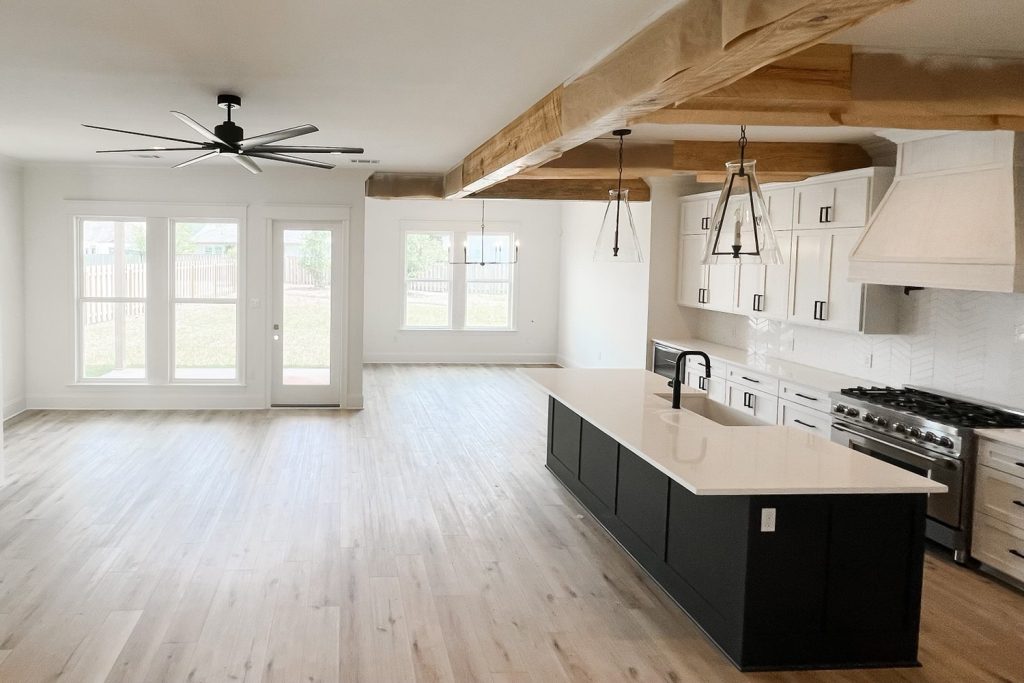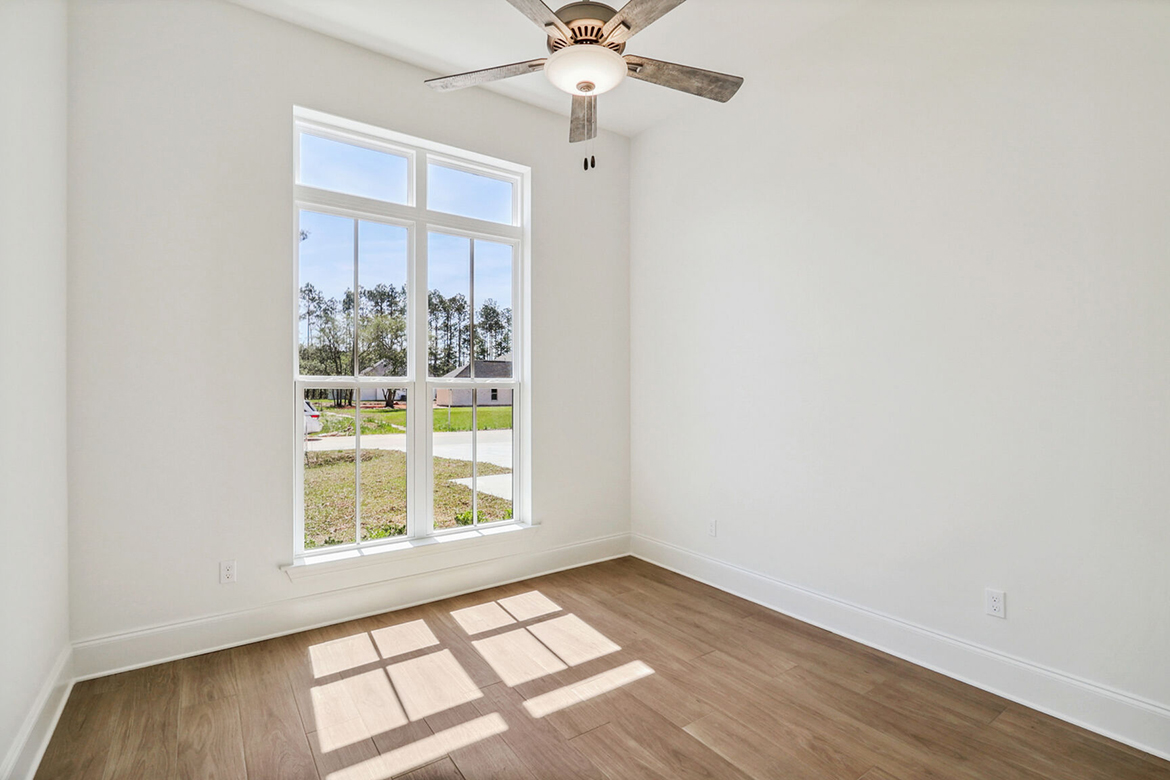If you own a home, are buying a home, or getting home ready to sell, be sure to be on the lookout for anything that could affect the durability or resale value of your home. One of the things to watch out for is structural integrity. The structure is the foundation of your home and “holds up” your home’s weight for both interior and exterior features. Below are red flags that could indicate a problem with your home’s structure. You will want to address these problems as soon as possible to keep your home safe and sound for your family for years to come or to be able to sell your home at the best price.
Sticking Doors: One of the ways you can see possible structural damage is through sticking doors. When a home is built, the doors should be leveled and shimmed by the builder. When a door sticks, it could mean that the walls have a problem or the floor isn’t level.
Cracking Glass: When windows crack, they are feeling pressure that you cannot feel. Cracks from pressure typically run side-to-side and may show that the window frame has a problem.
Mud Tubes: Though this structural problem isn’t caused by building materials, it is caused by termites. Mud tubes are the tunnels that termites build to travel around your house, eating your structure. This should be addressed 
Bouncy Floors: If your floors were once solid, and now they are mushy or bouncy, this could be a sign of a problem with floor joists or trusses. It could be as simple as a problem with the subflooring, or it could be a problem with the foundation.
Foundation Cracks: After a house is built, it tends to settle onto the concrete foundation. As this happens, small cracks may appear as the concrete cracks slightly under the weight. However, wide cracks or cracks that run diagonally could be an indication that the foundation is cracked. If these cracks are not addressed, they will continue to worsen and become more expensive to fix.
Ceiling Cracks: Ceiling cracks that are a major problem show up between the ceiling and non-load-bearing wall and are caused by problems with the roofing truss. The fix includes attaching the ceiling sheetrock panels to the top of the wall structure.
As a homeowner, we know how much you care about your investment. Keeping an eagle-eye out on these warning signs of structural damage should ensure that your home is safe for you and your family, both inside and out.


